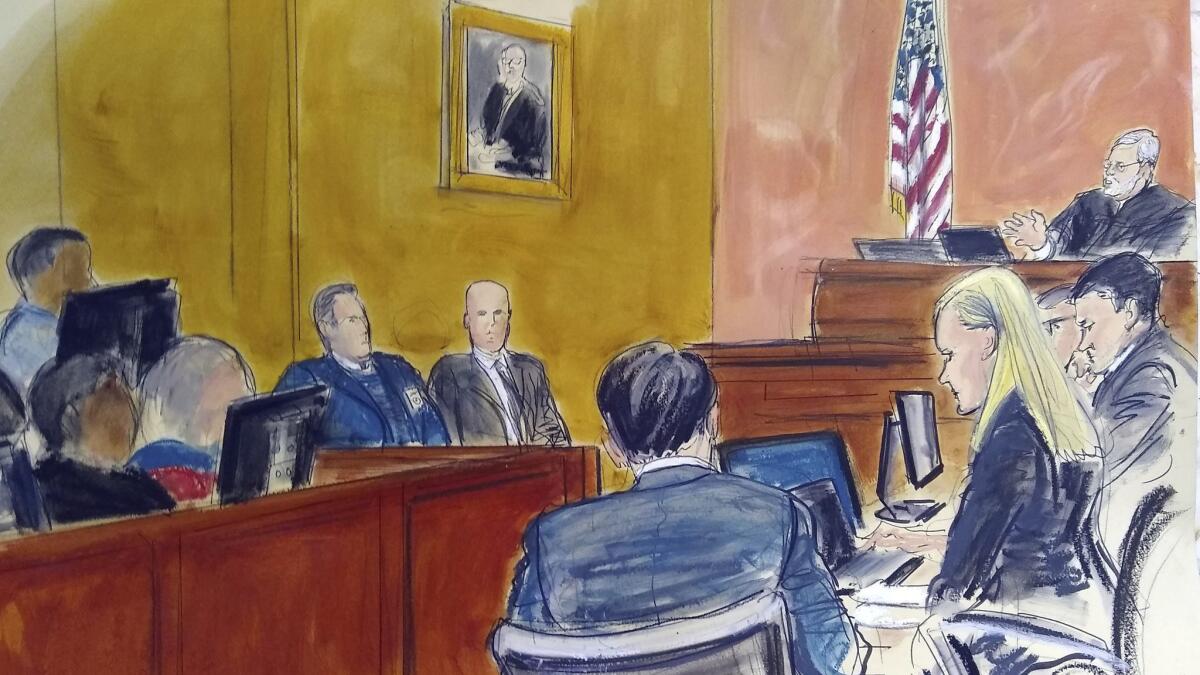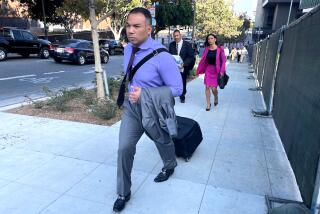Questions from ‘El Chapo’ jury hint at disagreement on the panel

On the fifth day of deliberations, at least one juror in the federal case against Joaquin “El Chapo” Guzman appears confused about how to handle the complex set of charges against the Mexican drug kingpin.
After spending the morning once again sifting through and likely debating some parts of the sweeping evidence of large-scale drug smuggling from the 12-week trial, jurors had their first requests of the day about 2:20 p.m. Eastern time.
Along with asking for testimony from a Drug Enforcement Agent and a Coast Guardsman related to several drug seizures of tons of cocaine from boats and a submarine, they also had this question:
“Does a violation have to be proven or not proven unanimously?”
The men and women faced with deciding the infamous drug boss’ fate have a particularly difficult group of charges to scrutinize — there are 10 counts in a 25-page charging document covering accusations that he sold and manufactured hundreds of tons of cocaine, methamphetamine and heroin; conspired to murder a host of rivals; and helped run one of the world’s largest international drug cartels. Jurors have all the counts laid out on an eight-page verdict sheet, which came with some 60 pages of instructions.
The jurors’ questions Monday seem related to the top charge, engaging in a continuing criminal enterprise, which includes a whopping 27 separate violations. In order to find him guilty of that count, they have to find him guilty of at least three of the violations. And if they do, he faces a mandatory life sentence in jail.
Count one essentially accuses Guzman of being the mastermind behind the Sinaloa cartel, an international narcotics empire worth billions of dollars. It’s a crime rarely charged because it’s so tough to prove, experts say. But there aren’t many kingpins like Guzman, who was previously convicted of drug trafficking in Mexico.
Where the jurors’ confusion lies is not exactly clear, but neither is the verdict sheet and instructions they were given.
Under count one, each violation is listed with a space that reads “Proven” or “Not Proven” on the verdict sheet — which is basically like a scorecard.
To answer their question, the judge referred jurors to a section of the instructions that essentially tells them that in order to find him guilty, they have to “unanimously agree on three” of the violations.
But it’s never made clear to them what they should do with all the violations that they don’t mark as “Proven.” Do they just leave those blank? Do they have to say that it’s “Not Proven”?
“Yes, it’s confusing,” said Todd Blanche, a former federal prosecutor in New York, now a partner in global litigation at law firm Cadwalder. “It does not really explain what to do with the others, after finding three that they agree on.”
The confusion with the verdict sheet could be holding them up, or there could be other issues.
“You never really know if it’s one person that has questions, while everyone else is agreed upon, or if they are still debating a host of evidence,” Blanche said. “Maybe they all think he’s guilty of different violations — it’s pretty difficult to tell what’s going on in that room.”
When some testimony was being read back today in court, some jurors appeared to be taking notes, while others were less engaged, like one woman staring at her nails.
Jurors are expected to continue deliberations Tuesday morning.
Plagianos is a special correspondent.
More to Read
Start your day right
Sign up for Essential California for news, features and recommendations from the L.A. Times and beyond in your inbox six days a week.
You may occasionally receive promotional content from the Los Angeles Times.





